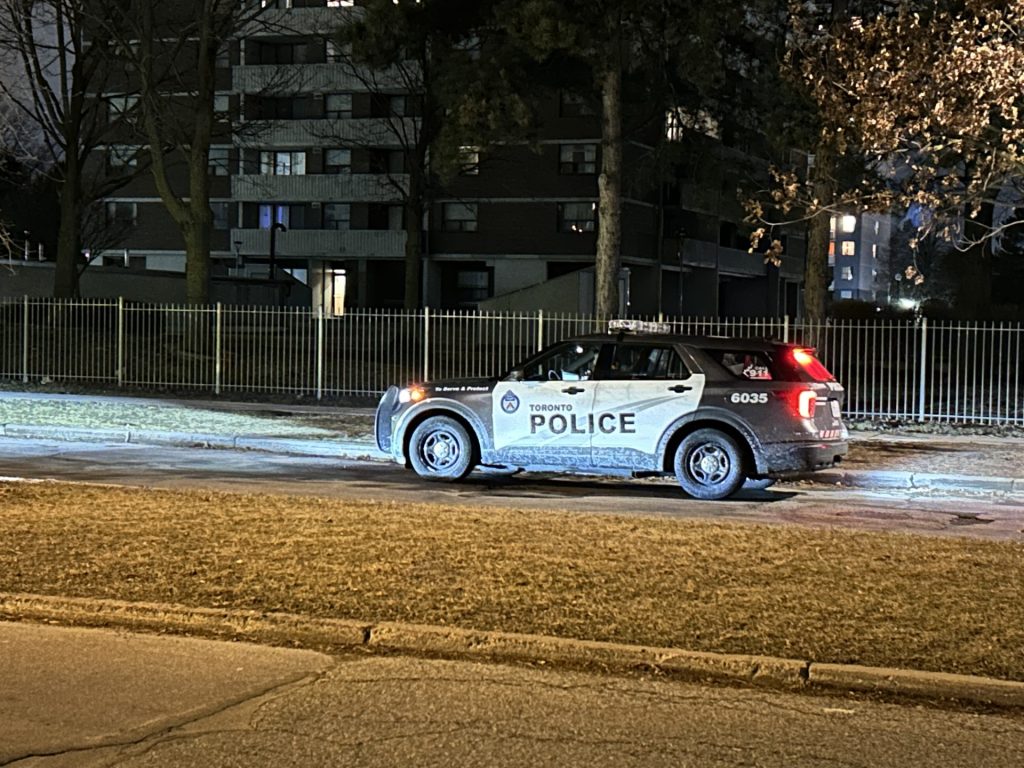LED headset shows promise for Alzheimer’s, brain injuries
Posted March 23, 2017 4:38 pm.
Last Updated March 23, 2017 8:29 pm.
This article is more than 5 years old.
A futuristic-looking headset, with LED scalp pads and a wire that snaps onto your nose, might offer a glimmer of hope to people with traumatic brain injuries, as well as those who’ve suffered strokes and have Alzheimer’s disease.
Toronto researchers, working with a team in Boston, are investigating whether the odd-looking device, with an even stranger name, might increase cognitive ability.
The technology is called transcranial and intranasal photobiomodulation (PBM). Initial, small-scale results, are promising.
Five people, with mild to moderate Alzheimer’s, used the headsets every day for 12 weeks. The headset frame, with four different LED cluster-heads and an LED that clips to the inside of the nostril, was turned on for 15 minutes a day.
After the three months, neuroscientists noticed some patients, who were not able to speak in full sentences, could now put sentences together. Patients also experienced improved sleep and reduced wandering.
Researchers subjected the patients to a mini Mental Status Examination, and noticed significant improvements.
The therapy works by zapping parts of the brain with light beams that penetrate to a depth of 44 to 55 millimetres.
No adverse effects were reported.
The study was published in the journal Photomedicine and Laser Surgery.
A large-scale clinical trial is now being designed with researchers from Boston University Medical Center and St Michael’s Hospital. They hope to expand testing beyond Alzheimer’s, to include all brain injuries, such as strokes and PTSD.
The light therapy is designed to be wearable, affordable and for use in home care.
To learn more about the study, click here.








